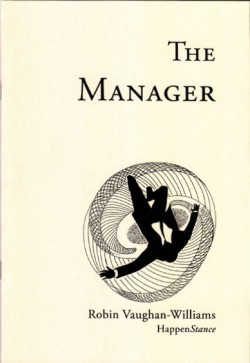When I set out to quantify in money terms the potential utility and remuneration for picking your own bilberries, I didn’t even expect to beat the minimum wage. I thought that picking your own bilberries would turn out to be a brazen act of self-exploitation, and that any self-respecting homo economicus would choose to hire cheap migrant workers to undercut themselves, thus freeing up their own labour time up for more profitable ventures.
However, this afternoon two of us picked around 3,000 bilberries in just one hour (with the jet-engine roar of a geothermal power plant in the background). That’s marginally over 800g. If bilberries sell for around £3 per 150g in the shops, then according to my calculations we earned ourselves about £8 per hour of bilberry utility.
And then there’s the benefit of being out in the fresh air and striking yoga-type poses on the hillside as you try to balance on the slope while reaching for those low-lying berries. Lets say the exercise and suppleness value-equivalent is two hours of yoga sessions at £6 per hour – and I’ve no idea how you monetise fresh air – that brings the total quantifiable utility of our harvest to £28, or a very respectable £14 an hour.
Of course, I’ve not included transport and fuel costs, which can apparently have a considerable impact on bilberry prices (read a detailed analysis of the relationship between fuel prices and blueberry prices here).
